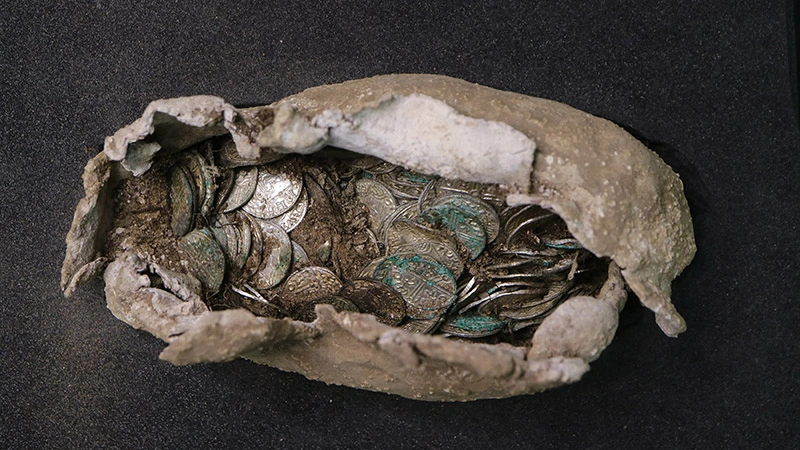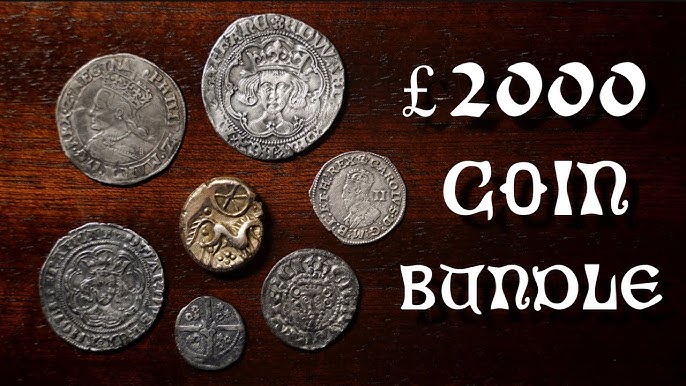A Millennium-Old Treasure: Silver Coin Hoard Uncovered at Sizewell C
More than 300 silver coins dating back to the year 1036 have been discovered during archaeological excavations at Sizewell C, situated along the coast of Suffolk, England. This remarkable coin hoard, specifically containing 321 silver coins issued between 1036 and 1044, offers an exceptional glimpse into 11th-century English monetary and political landscapes. Found by Oxford Cotswold Archaeology at the junction of two early medieval field boundary ditches, the coins were carefully placed inside a textile object (likely a purse) and then tightly wrapped in lead sheeting, hinting at deliberate and careful concealment.

The coins within the hoard span the reigns of three Anglo-Saxon kings: Harold I ‘Harefoot’ (1036-1040), Harthacnut (1040-1042), and Edward the Confessor (1042-1066). The vast majority of the coins date to Harold I’s reign, with fewer from Harthacnut and only 24 from Edward the Confessor. The latest coins, struck at the very beginning of Edward the Confessor’s reign (between the summer of 1042 and late 1044), provide a precise window for when the hoard was buried. Each coin also bears the name of the moneyer responsible for its striking and the mint location, offering valuable data on the economic networks of the time

While representing a significant amount of money for most people in the 11th century (equivalent to about 16 cows), the hoard is not indicative of extreme wealth. Archaeologists suggest it was likely the “savings pot” of a local figure of means, perhaps a wealthy farmer, who feared the social and political instability following Edward the Confessor’s coronation in 1042. This period marked the return of the House of Wessex after two decades of Danish rule, leading to widespread concern among the population, evidenced by other coin hoards from 1042-1044 found across England. The Sizewell C discovery is a “perfect archaeological time capsule,” providing profound insights into a turbulent yet fascinating period of English history
